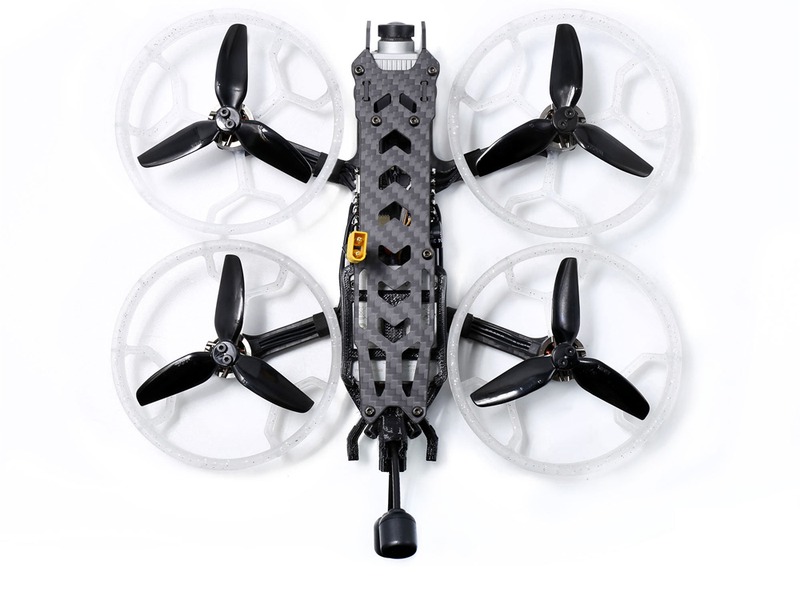How do airports detect drones?

Airports have to detect drones in order to ensure the safety of their passengers and staff. This is done through a variety of methods, including visual observation, radar, and radio frequency (RF) detection.
Visual Observation: Visual observation is the most basic form of drone detection. Airports use visual observers to look out for drones in the sky. These observers can spot drones from a distance, and can even identify the type of drone and its operator. Visual observation is a good way to detect drones, but it can be difficult to spot them in certain weather conditions.
Radar: Radar is a more advanced form of drone detection. Airports use radar to detect drones in the air by sending out radio waves. The radio waves bounce off of the drone and are picked up by the radar. The radar then calculates the location and speed of the drone, allowing the airport to identify it.
Radio Frequency (RF) Detection: Radio frequency (RF) detection is a more advanced form of drone detection. Airports use RF detection to detect drones by detecting their radio signals. This is done by using an RF detector to pick up the radio signals that drones emit. The RF detector then calculates the location and speed of the drone, allowing the airport to identify it.
These methods are all used to detect drones in the air around airports. Each method has its own advantages and disadvantages, but all of them can be used to detect drones and ensure the safety of passengers and staff. Airports must be vigilant in their efforts to detect drones, as they can be a serious threat to aviation safety.
Comments / Question
2. Always maintain visual line of sight with the drone.
3. Fly the drone at a safe altitude and speed.
4. Avoid flying near airports, heliports, and other restricted airspace.
5. Avoid flying over people or large crowds.
6. Avoid flying in bad weather conditions.
7. Always check the local airspace regulations before flying.
8. Make sure the drone is in good working condition and all safety features are enabled.
9. Use the appropriate drone navigation and tracking systems.
10. Follow the manufacturer’s instructions for safe operation.
2. Collision Risk: Drones can pose a collision risk to aircraft, especially if they are not detected in time.
3. Security Risk: Unauthorized drones entering an airport’s airspace can pose a security risk, as they can be used to transport contraband or even weapons.
4. Privacy Concerns: Drones can also be used to collect data or images of the airport and its passengers, raising privacy concerns.
5. Noise Pollution: Drones can also create noise pollution, which can be disruptive to passengers and airport personnel.
2. Drone operators must pass an aeronautical knowledge test and obtain a Remote Pilot Certificate from the FAA.
3. Drone operators must fly the drone within their line of sight and maintain a safe distance from other aircraft and people.
4. Drone operators must not fly higher than 400 feet above ground level.
5. Drone operators must not fly within 5 miles of an airport without prior authorization from the FAA.
6. Drone operators must not fly over groups of people, stadiums, or sporting events.
7. Drone operators must not fly in restricted airspace, including national parks and other protected areas.
8. Drone operators must not fly at night.
9. Drone operators must only fly drones that are marked with an FAA-approved identification number.
10. Drone operators must not interfere with other aircraft or endanger the safety of people or property.
2. Utilize anti-drone technology: Airports can use anti-drone technology such as signal-jamming, net guns, and laser systems to prevent drones from entering restricted airspace.
3. Increase security personnel: Airports can increase the number of security personnel to monitor the airspace around the airport.
4. Implement no-fly zones: Airports can establish no-fly zones around the airport to prevent drones from entering restricted airspace.
5. Educate the public: Airports can educate the public on the dangers of flying drones in restricted airspace.

